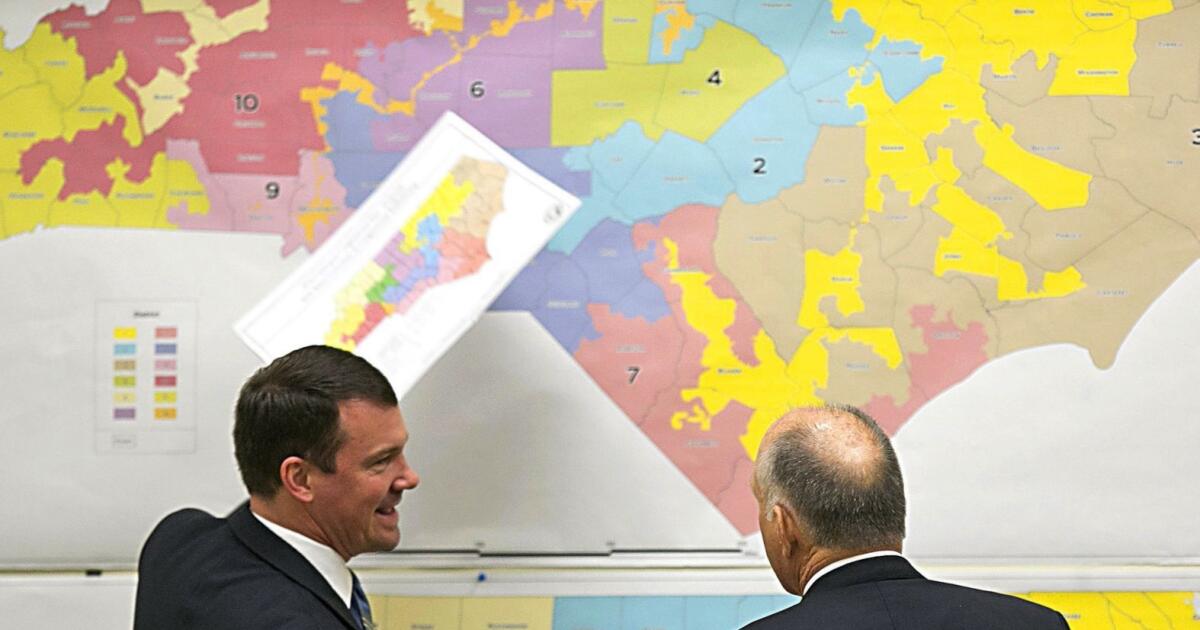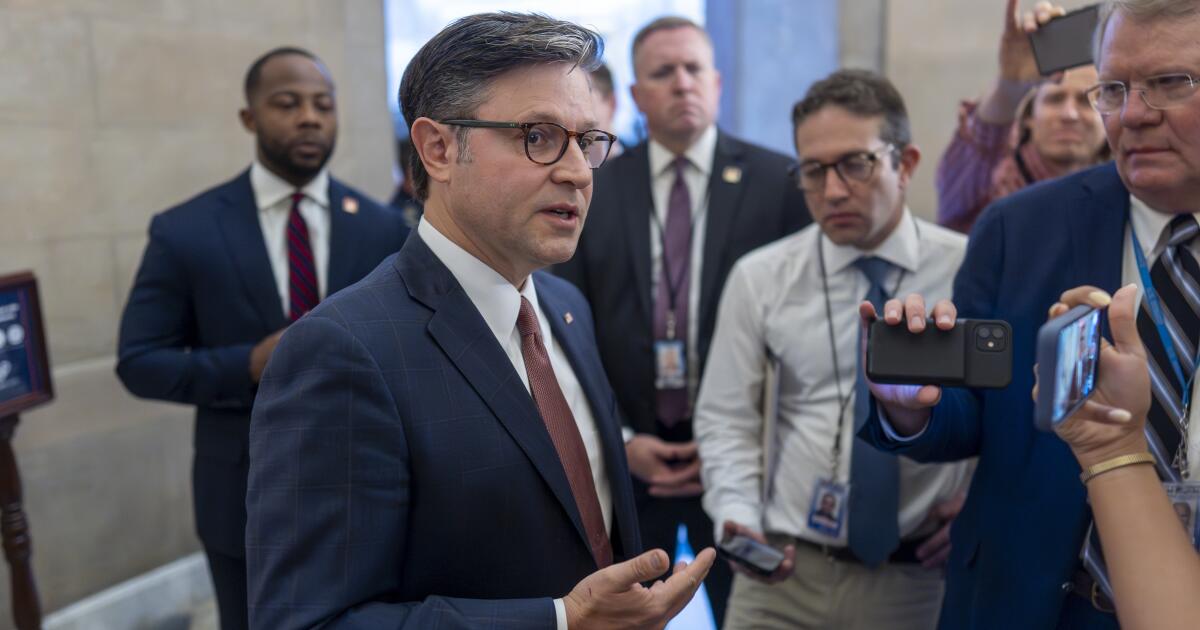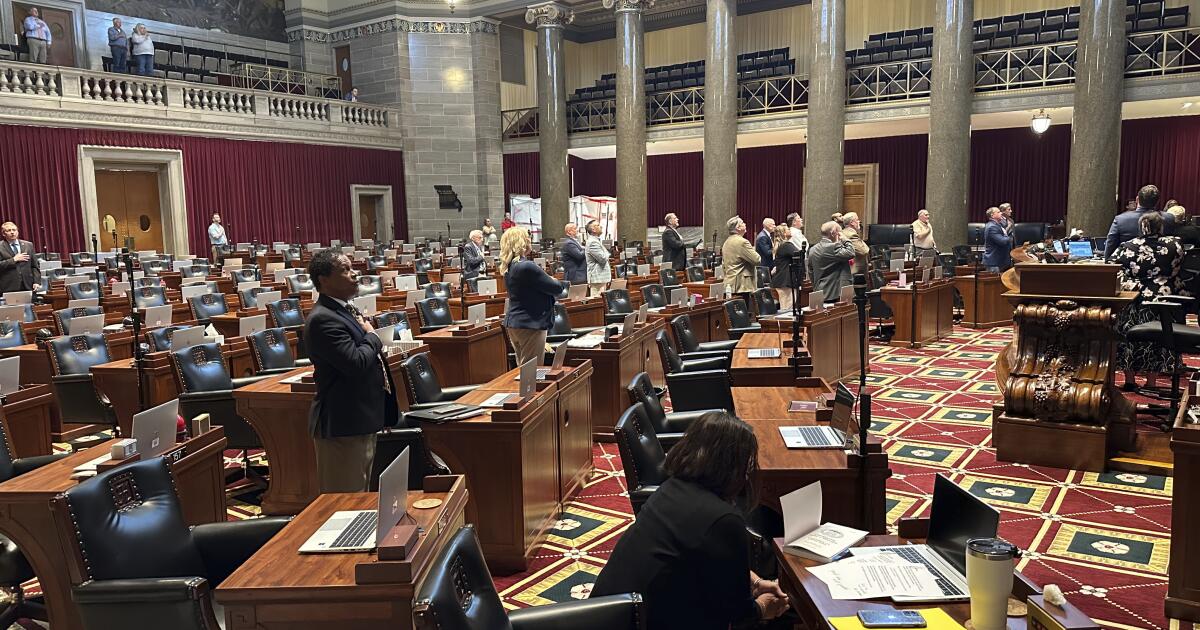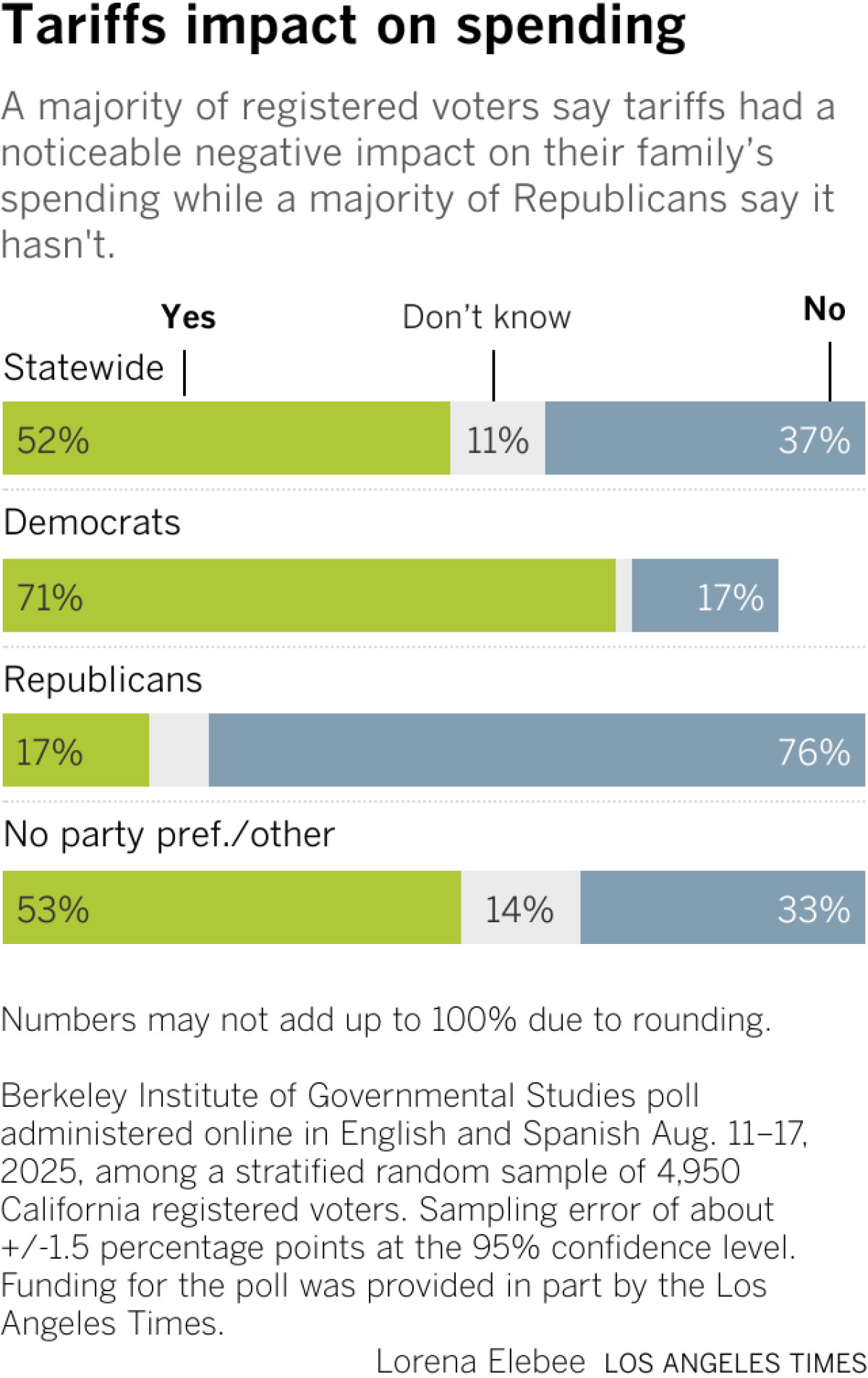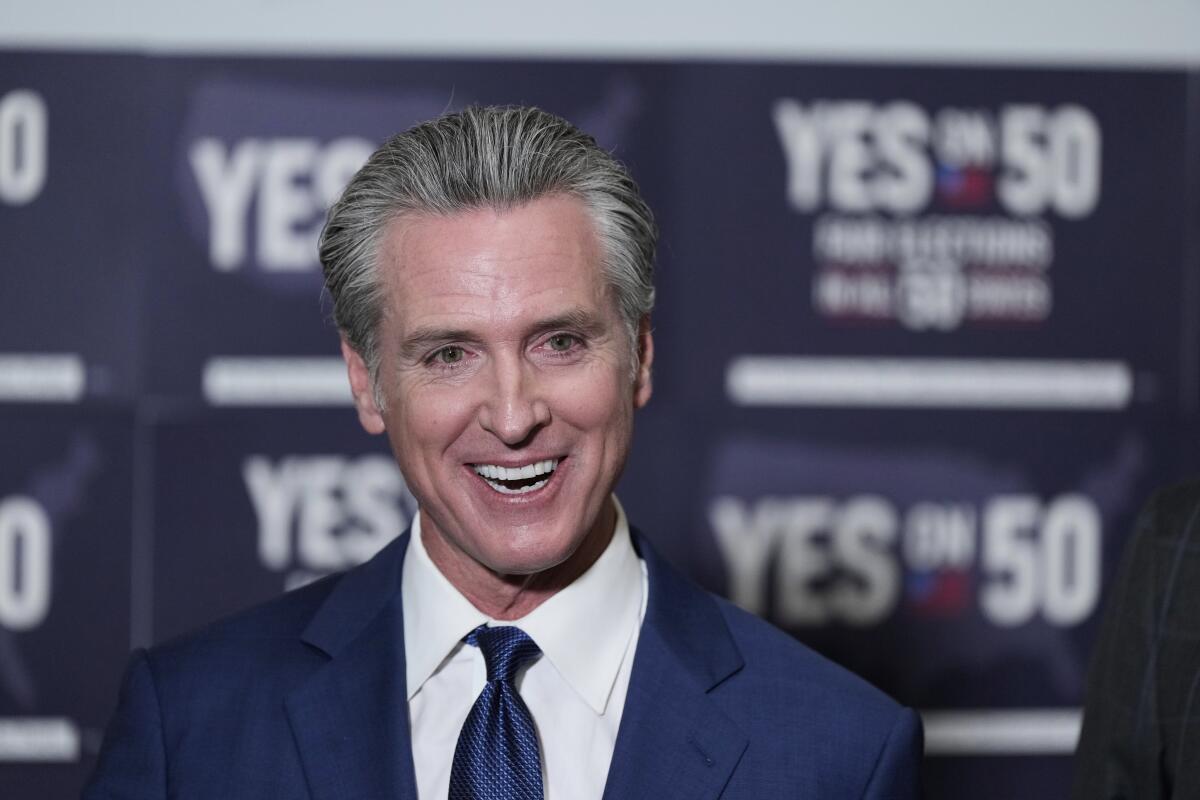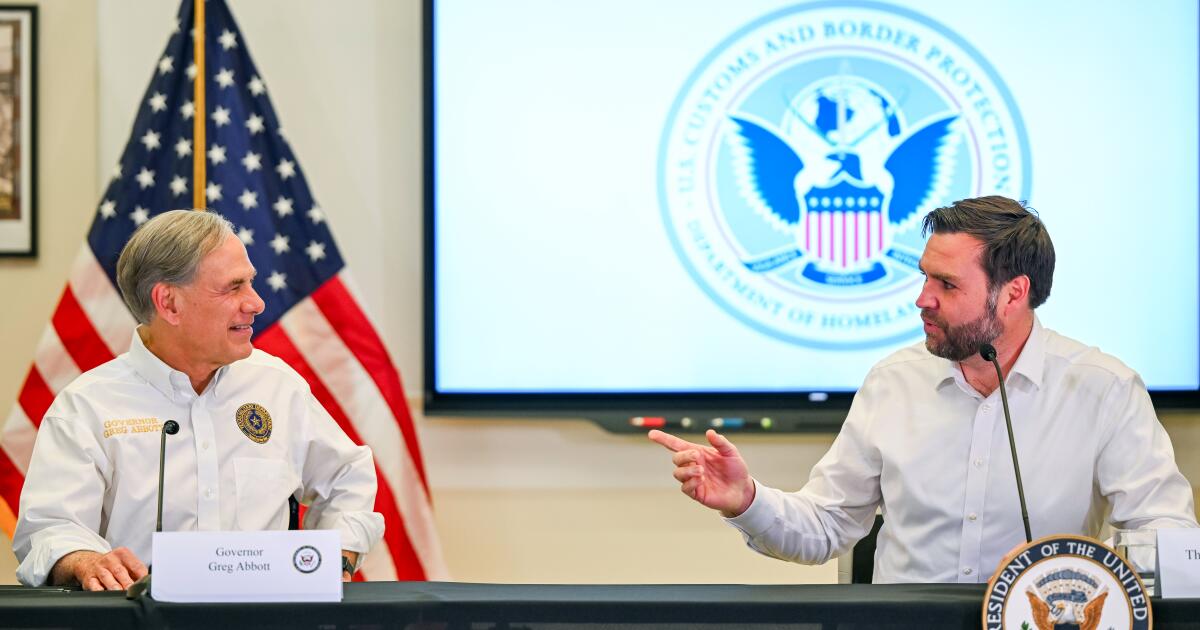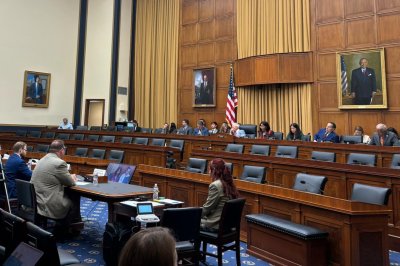Supreme Court’s approval of partisan gerrymandering raises 2020 election stakes
Reporting from Washington — The Supreme Court on Thursday upheld highly partisan state election maps that permit one party to win most seats, even when most voters cast ballots for the other side.
Partisan gerrymandering has allowed Republicans to control power in several closely divided states. And it has been repeatedly condemned for depriving citizens of a fair vote and letting politicians rig the outcomes.
But Chief Justice John G. Roberts Jr., speaking for a 5-4 conservative majority, ruled that citizens may not sue in federal court over the issue.
Partisan gerrymandering claims “present political questions beyond the reach of federal courts,” he said, tossing out lower court rulings that North Carolina’s Republicans and Maryland’s Democrats had drawn skewed districts to entrench their party in power.
Although the Supreme Court has repeatedly said racial gerrymandering is unconstitutional, it has never struck down an election map because it was unfairly partisan, despite four decades of lawsuits over the issue.
Thursday’s decision goes even further, closing the courthouse door to future claims. “Federal judges have no license to reallocate political power between the two major political parties, with no plausible grant of authority in the Constitution and no legal standards to limit and direct their decisions,” he wrote in Rucho vs. Common Cause.
The court’s four liberal justices dissented, warning that new technology has made partisan gerrymandering easier and more precise than ever before.
“These are not your grandfather’s — let alone the framers’ — gerrymanders,” Justice Elena Kagan said.
“The partisan gerrymanders here debased and dishonored our democracy, turning upside-down the core American idea that all governmental power derives from the people,” she said, reading her dissent in the court. “Of all the time to abandon the court’s duty to declare the law, this was not the one. The practices challenged in these cases imperil our system of government.”
The ruling substantially raises the stakes for the 2020 election. In many states, whichever party controls the state legislature and the governor’s office at that time will be in a prime position to gerrymander electoral districts in their favor and lock in political power for years to come.
“This is obviously a deeply disappointing outcome,” said Allison Riggs, a voting rights lawyer who represented the League of Women Voters in the North Carolina case. There, the state’s Republican leaders drew an election map that aimed to lock in 10 of 13 seats for the GOP.
“Unlike citizens in some other states, North Carolinians cannot force redistricting reform upon recalcitrant legislators,” Riggs said. “We must raise our voices even more loudly, demanding change.”
While reform advocates were distraught over the decision — envisioning an era of ruthless, no-holds-barred gerrymandering — there is reason to believe the result may not be as drastic as feared.
Numerous states, including California, have taken the line-drawing process away from politicians and placed it in the hands of independent commissioners charged with drawing fair and competitive political maps.
Roberts appeared to endorse these state reforms, even though he voted in dissent four years ago in an Arizona case to strike down these voter initiatives as improper. He said then the power to draw election districts was reserved to the state legislature alone.
“Where we go from here is where we’ve been,” said Justin Levitt, an election law expert at Loyola Law School in Los Angeles. “Most of the real action has been in state courts or through ballot initiatives. … We are back to a limited set of tools, but tools that are still immensely powerful.”
States are also getting more involved. He noted that state supreme courts in Pennsylvania and Florida have struck down maps as overly partisan. The Supreme Court’s decision blocks federal lawsuits over gerrymandering, but it does not alter the authority of state courts to make rulings based on their own state constitutions. In 2018, voters in five states — Colorado, Michigan, Missouri, Ohio and Utah — overhauled their redistricting processes by creating independent or bipartisan map-drawing commissions.
This year’s cases began with the 2010 midterm elections, in which Republicans won sweeping victories and took full control in politically divided states such as Pennsylvania, Ohio, Michigan, Wisconsin and North Carolina. Armed with new census data, GOP lawmakers drew election maps that all but guaranteed their candidates would win a majority. In Pennsylvania, Republicans won 13 of 18 congressional seats, and 12 of 16 in Ohio.
Last year, however, political reformers had high hopes that Justice Anthony M. Kennedy would join the four liberals and cast the crucial fifth vote against partisan gerrymandering. He had voiced repeated concern that voters were being cheated if politicians could decide the outcomes in advance.
But those hopes were dashed last June when the chief justice engineered a procedural ruling that scuttled a gerrymandering case from Wisconsin.
Kennedy then retired, and his replacement, Justice Brett M. Kavanaugh, cast the fifth vote with Roberts on Thursday to close the doors to these claims.
Justices reviewed two cases in reaching the decision.
In North Carolina, Republican leaders flatly admitted they drew an election map for “partisan advantage.” One state leader said he drew a map to give Republicans a 10-to-3 advantage, only because he could not devise a map that would yield an 11-to-2 advantage.
In Maryland, Democratic leaders shifted hundreds of thousands of voters with the aim of ousting a veteran Republican from Congress and creating a reliably Democratic district.
A three-judge court in North Carolina declared the election map unconstitutional and said it deprived Democrats of a fair vote. Another three-judge panel ruled Maryland’s Democrats deprived Republicans of a fair vote and free election.
In January, the justices agreed to hear appeals from both states. Last month, the court also put on hold gerrymandering rulings from Ohio and Michigan.
The chief justice wrote one opinion for the two cases and overturned the rulings from North Carolina and Maryland. Justices Clarence Thomas, Samuel A. Alito Jr., Neil M. Gorsuch and Kavanaugh signed on to the Roberts opinion.
Joining Kagan in dissent were Justices Ruth Bader Ginsburg, Stephen G. Breyer and Sonia Sotomayor.
